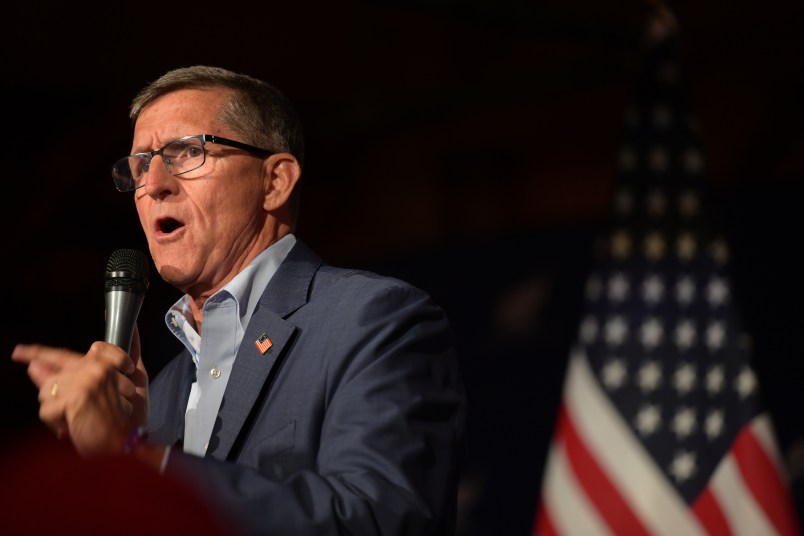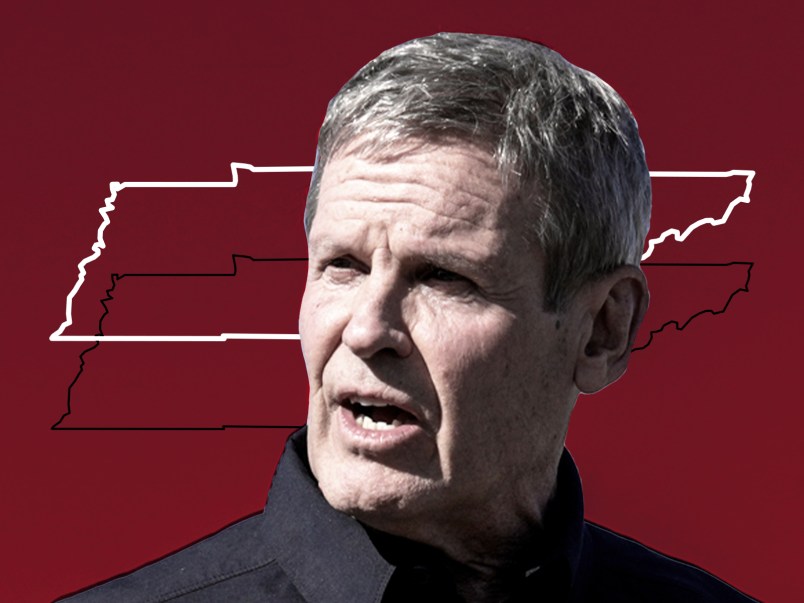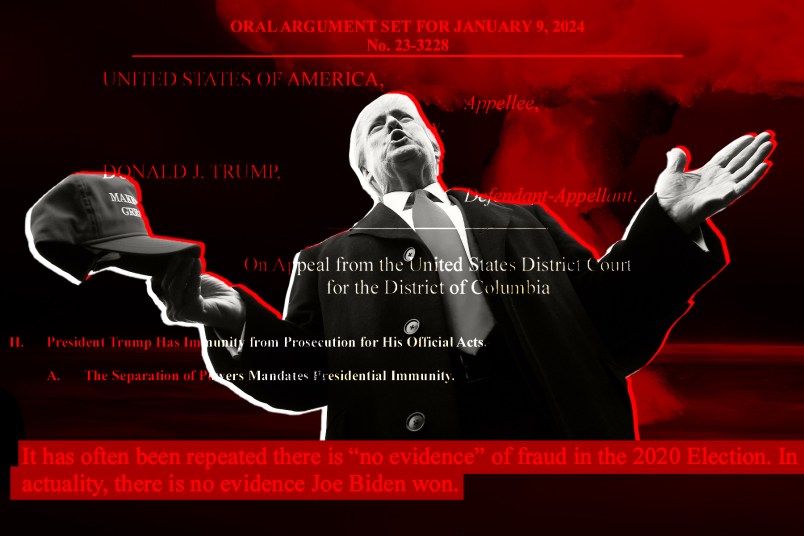David hinted at it on the main page this morning: reporters on the Kontogiannis story have long wondered whether Tommy K might be a U.S. intelligence asset. After all, he has an amazing knack for staying out of jail despite at least two convictions, he’s an international businessman, and the government went to extraordinary lengths to keep his identity secret in his current plea arrangement — including delaying Kontogiannis’ fingerprinting for months after his guilty plea. Now, in the unsealed transcript of Kontogiannis’ February 22 hearing, Judge Larry Burns provides some strong hints in that direction.
In February, when arranging Kontogiannis’ guilty plea, the government requested that Burns keep the proceedings under seal — a highly unusual request — pending the development of an unspecified “investigation.” Burns, attempting to strike a balance between the government’s need to pursue its investigation and the public’s right to open court proceedings, decided to give the government a renewable 30-day closure period. “The court’s experience is that deadlines tend to move an investigation on,” Burns said on February 21. A memo provided by the government explaining both the facts of Kontogiannis’ involvement with the investigation and the legal arguments justifying the extraordinary secrecy would remain sealed permanently, to be released “over my dead body,” Burns promised the next day.
However, at that subsequent hearing, Burns still grappled with striking the proper balance. A sticking point was how the court would even place in the record the fact that the case was sealed without making public who the case concerned — an imperative for both prosecutors and Kontogiannis’ counsel.
And there Burns referred to an interesting precedent: A case from 1986 called Washington Post v. Soussoudis. In that case, the Post successfully argued that it had a right to access to information in a case that revealed the identities of active CIA operatives and assets in Ghana. Burns said that the Soussoudis ruling made it difficult to seal the proceeding without putting the reasons for the sealing on the record. Though he was inclined to do so, he said, “Unfortunately, the Washington Post case is almost right on point. It was a trade of spies. And the court still wasn’t satisfied [redacted].”
That’s the first indication that a spying case — Michael Soussoudis, who pleaded guilty to espionage charges, was allowed to return to Ghana in exchange for the release of detained U.S. spies — has any relevance to Kontogiannis. That’s not to say it amounts to proof that Kontogiannis is a spy. But Burns seems to be referencing a factual as well as legal parallel here, which gives a clue as to the nature of the “investigation” Kontogiannis is involved in. As Laura Rozen highlights, Kontogiannis’ lawyer, Gregory O’Connell, a former assistant U.S. attorney in New York, rejoindered, “The heightened concern in the context of counter-terrorism has given even greater compelling force to basis for seeking closure under the circumstances.” He pointedly notes that Soussoudis is “a pre-9/11 decision.” Ultimately the Court sealed the entire case until June; and the specific reasons for that sealing remain, well, sealed.
Laura floats the idea that Kontogiannis is an FBI asset “working as an informant on organized crime cases that, post 9/11, may have assumed some counterterrorism applications.” That wouldn’t exclude the idea that he has intelligence value, as well — something Burns’ comments have given reason to believe.





 Tommy K: Intelligence Asset?
Tommy K: Intelligence Asset?


